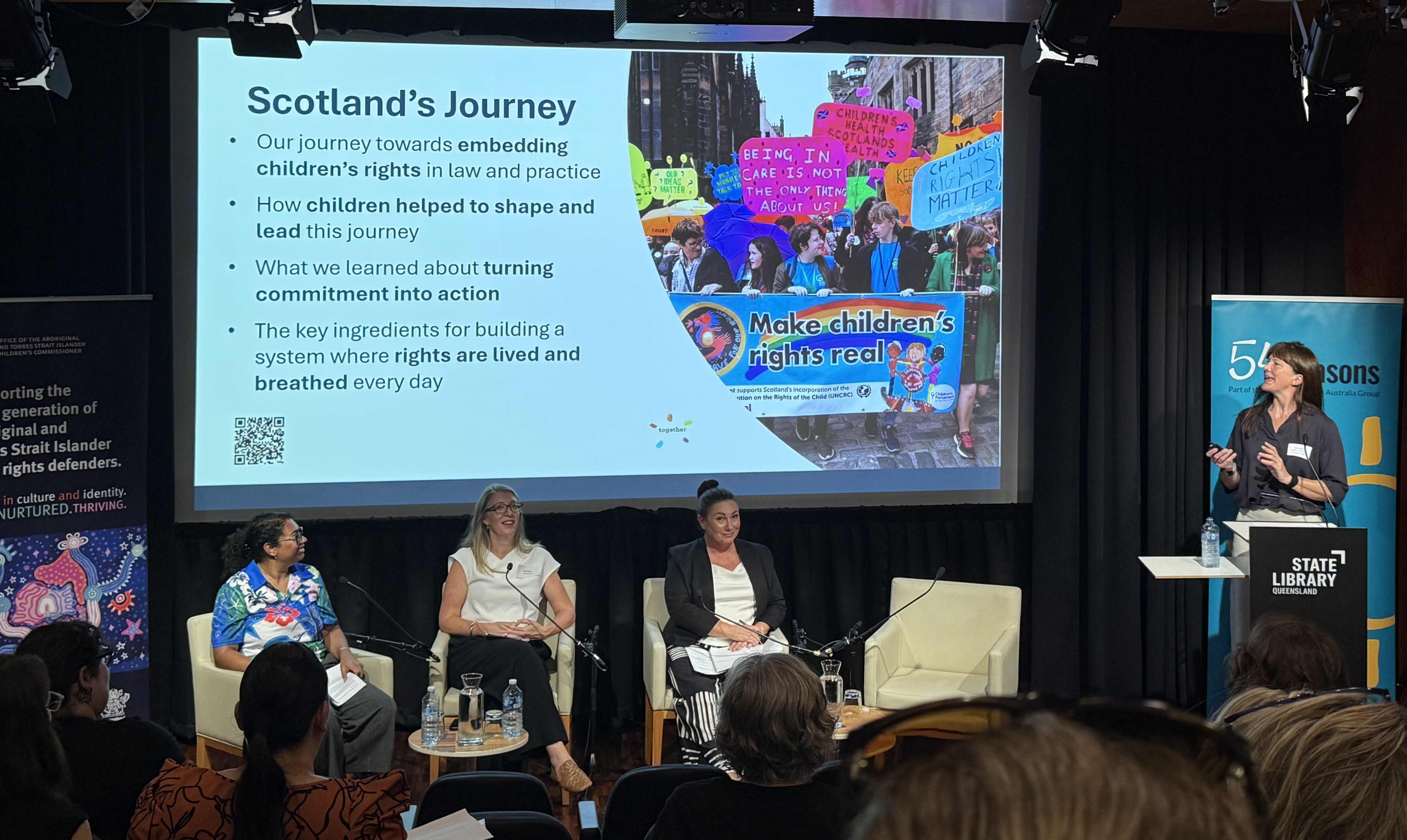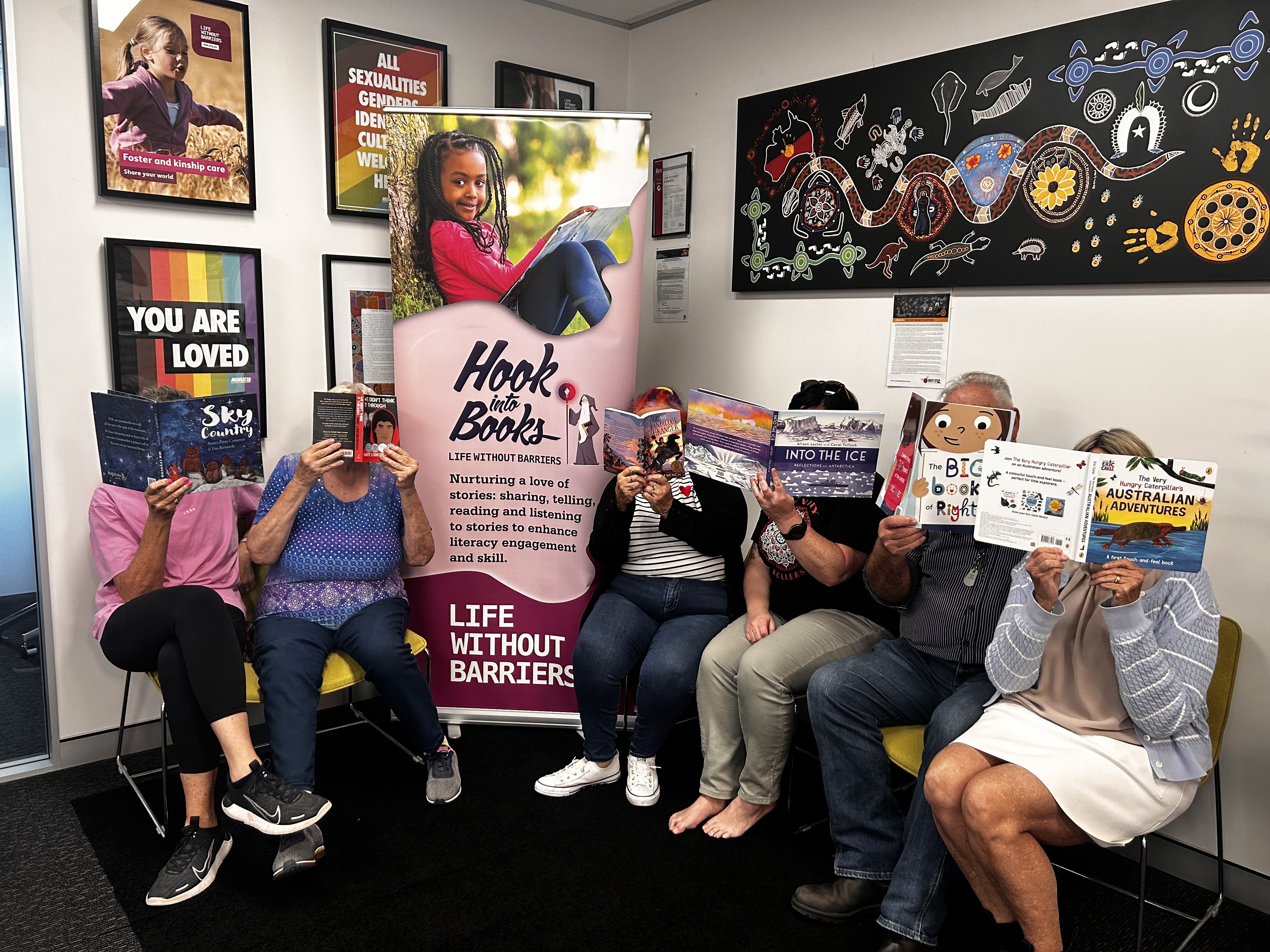Everyone has the Right to Food and Housing

Australia is one of the world’s wealthiest countries. We have access to great public services, high quality education, and a world class healthcare system. But for many Australian children, these basic human rights are simply out of reach.
Even when we consider the most basic of rights – the right to food, housing and clothing – many are falling behind and struggling due to poverty and systemic issues.
For Australia’s children, the situation is amplified. Without access to clean clothes, a healthy diet and a safe space to sleep each night many children are at risk of lifelong struggles.
The UNCRC states that children across the globe have the right to food and safe housing, so in a country like Australia, that prides itself on being the lucky country, how are so many children going without?
Let’s have a look at why protecting these rights is so important, and how we can help uphold them to give each child the safe and healthy upbringing they deserve.
How Article 27 keeps children safe
Article 27 of the UNCRC states that children should have access to an adequate standard of living that provides the best opportunities for the child’s physical, mental, spiritual, moral and social development.
The key necessities for this to happen: secure food and housing.
A balanced diet is absolutely essential in helping children meet their full potential. It is critical in stopping illnesses and aids in cognitive development, allowing children to concentrate on their learning while they are at school. And when children are at home, adequate privacy and security help build a stable base from which all children can develop regular routines that help them grow academically, socially and emotionally.
At the end of the day, guardians and parents are responsible for upholding Article 27, but of course this is not always possible. And so when children are at risk of being denied the simple tights of safe housing and a healthy diet, government assistance and public help via charities and organisations will be there to step in and help.
Why is food security vital for a child’s development?
Maintaining a balanced nutritional intake is essential to a child’s overall development. It promotes greater understanding of healthy foods and establishes good habits that will carry on later into life.
Unfortunately, a staggering 22% of all food insecure Australians are children. And amongst this number, there are several groups more at risk of experiencing food insecurity. These include:
- Indigenous populations
- Unemployed people
- Single parent households
- Low-income earners
- Rental households
- Culturally and linguistically diverse groups
So, what does this mean for children who are missing out on eating a nutritious diet?
For many, they’re at greater risk of developing disease and prolonged illness, as well as numerous negative effects on mental well-being. Children who experience food insecurity are likely to suffer from general poor health, higher mortality rate, and higher rates of heart disease and diabetes. And, having to deal with these health issues at such a young developmental stage reduces quality of life, and overall enjoyment of life.
Ultimately, in order to ensure every child’s right to a healthy diet, we must also look at the housing issues that often sit side by side with Australia’s worsening food insecurity.
The impact of insecure housing on children
Insecure and unsafe housing poses many risks to children. According to the 2016 census, more than 19,000 Australian children were recorded as homeless – that’s roughly one in six of Australia’s homeless population.
On top of this, many more children live in overcrowded spaces with next to no privacy or security. This makes it incredibly difficult to establish any sort of normal routine that would help children grow and achieve academically, physically and emotionally.
So, what is the exact impact of insecure housing on Australia’s children?
Frequent moving from space to space, lack of sleep and privacy, having a place to wash themselves and do laundry, as well as limited access to public transport and academic materials like texts and uniforms are all significant factors for families and children suffering housing stress.
The increasing gap between those who have a stable place to live, and those who don’t, is leading to a decline in a child’s health and academic engagement. Sadly, when housing stress, lack of academic engagement and worsening physical health issues combine, children are found to have significantly greater mental health issues that can remain with the child well into adulthood. Sometimes for their entire lives.
So to give our children the best shot at reaching their full potential, what can we do?
How can we overcome the barriers of food and housing insecurity to help shift the way Australia’s children grow up and engage with the world around them?
Protecting each child’s right to food and housing
Providing food and housing to all Australians is no small task. There are endless factors that prevent children from accessing all they need for a safe and healthy childhood. Skyrocketing property prices, wage stagnation and a severe economic downturn caused by the COVID-19 pandemic have hit lots of people hard. The results are less money for guardians and parents to look after their children as best they can, and more children facing an uncertain future.
And unfortunately, things are getting worse. Foodbank Australia has seen a 25% increase in those needing assistance from charities and government bodies. And for those charities looking to help, only 36% of them can fully meet the needs of those suffering from food and housing insecurity.
This doesn’t mean there aren’t ways we can all try and make a difference.
Here are a few ways individuals, charities and the government can help ensure every Australian child has the best shot at accessing a healthy diet and safe housing.
Food insecurity
- School programs and government initiatives can help educate children on healthy habits at home and school
- Breakfast clubs and school lunch programs are in place to help children who would otherwise miss out on meals during the day
- Community centres have created free meal planning lessons to help families plan and eat well for less money
- Community gardens, such as the Food is Free Movement that grow community gardens – sharing seeds, plants, fruits and vegetables, as well as plant care sessions.
- Individuals can volunteer for underfunded organisations like Foodbank Australia, who supply much needed food relief to families undergoing immense hardship
- Donate to relevant charities
- Government run programs spreading awareness of public health recommendations amongst social workers, educators and health staff so they are well equipped to help as many people as possible
Housing insecurity
- Provide access to mobile healthcare services via nurse practitioners
- Council led workshops, activities, forums and events for both social workers and carers of at-risk youth
- Out-of-home care programs in schools to help address the specific educational and health needs of students living in insecure housing
- Volunteer with groups like Mission Australia, Salvation Army or Street Smart Australia. This can be done as individual or as a corporate/team effort
- Support local businesses that offer support services and food to those without a safe place to call home
With the last few years proving to be extremely difficult for many, it comes as no surprise that those who were already doing it tough are now falling further behind.
And with the widening gap between Australia’s have and have-nots, it is especially important that we do all we can to help children access a steady, healthy diet, and a secure roof over their heads.
Therefore, it’s critical to make sure that we uphold these most basic of human rights. If you’re interested in volunteering, donating, or simply talking to a child who may need to have a chat, there is no step too small.
If you’d like to learn more about how you can help end Australia’s food and housing insecurity, please visit Foodbank Australia or Homelessness Australia for more information.





.jpg)


.png)